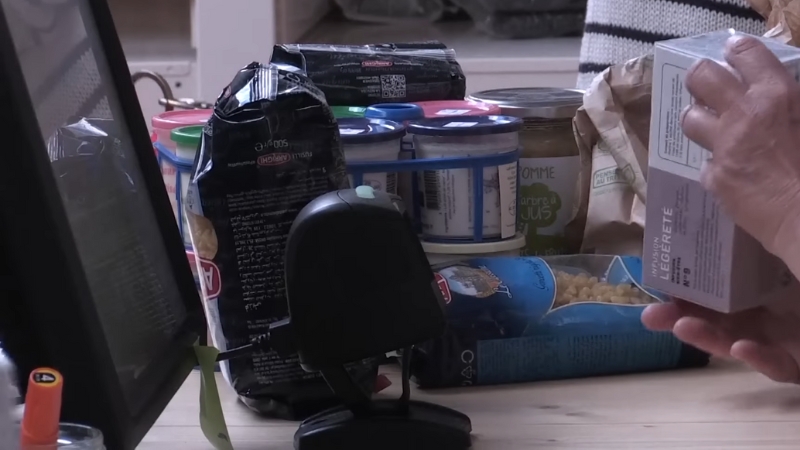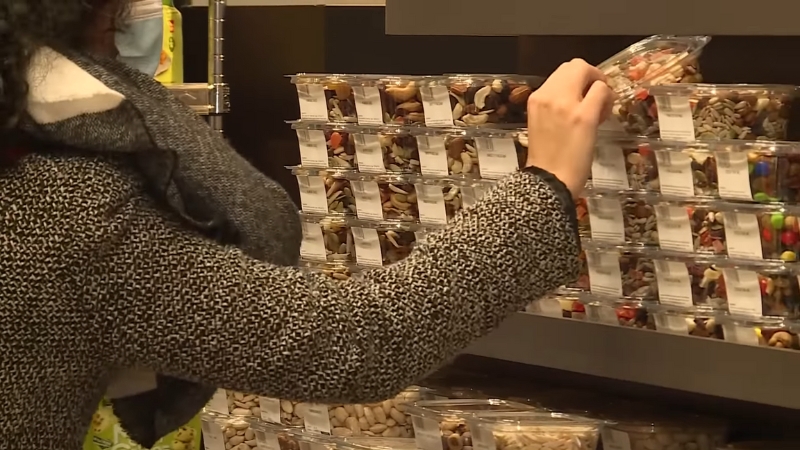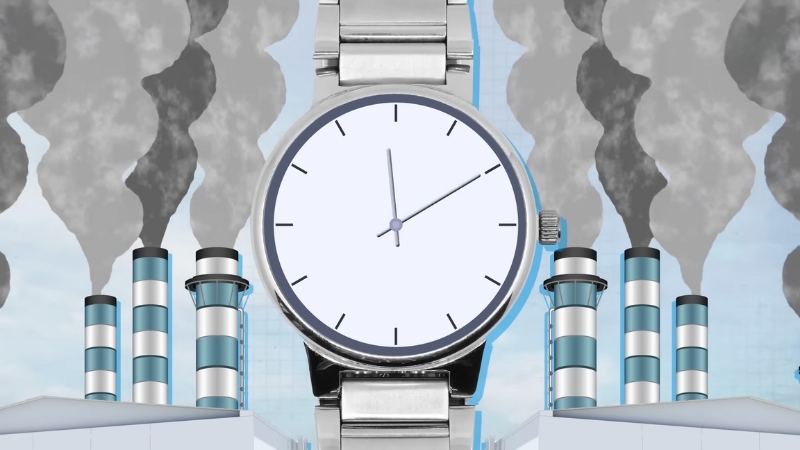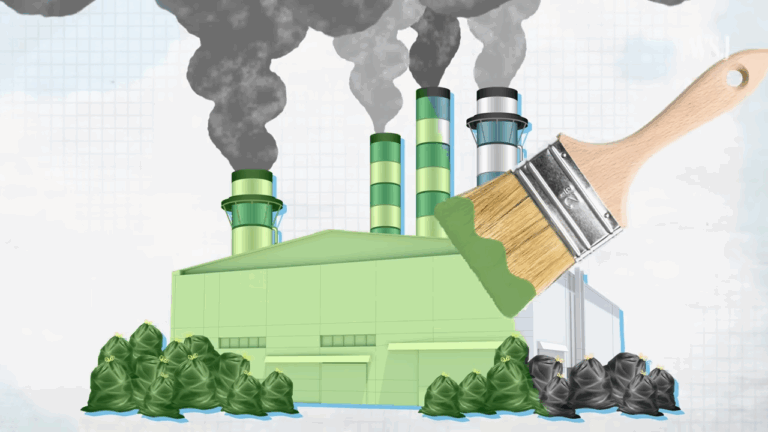Greenwashing is when companies or brands make themselves appear more environmentally friendly than they actually are, often through marketing, vague claims, or misleading packaging. The goal is to win over eco-conscious customers without making real, meaningful changes to their products or business practices.
Greenwashing can be as simple as a “natural” label on a bottle, or as sophisticated as entire ad campaigns showing pristine forests while the company’s actions tell a different story.
Greenwashing is harmful because it deceives consumers, weakens trust in genuine sustainability efforts, and slows down real progress on environmental issues. When companies exaggerate or invent their “green” credentials, it becomes harder for people to make truly responsible choices.
According to a 2023 report by the International Consumer Protection and Enforcement Network, more than 40% of global green claims by companies were “potentially misleading.” This makes greenwashing a major barrier to honest sustainability.
Common Types and Examples of Greenwashing
Type of Greenwashing
What It Looks Like
Real Example
Vague or Undefined Claims
“Eco-friendly,” “all-natural,” “green,” “earth-safe,” with no explanation
A shampoo labeled “natural” without specifying any eco standards or certifications
Hidden Trade-Offs
Claiming one green feature, ignoring bigger harms elsewhere
“Recyclable” plastic bottle, but the cap is not, or the factory pollutes heavily
Irrelevant Claims
Highlighting a green feature that’s legally required anyway
“CFC-free” air fresheners (CFCs are banned worldwide)
Green Imagery and Colors
Using plants, earth tones, leaves, or “nature” symbols to look green
Water bottles with green labels and leaves, but made with standard plastic
Fake Certifications
Creating official-sounding but meaningless seals or logos
“Earth Smart Certified” badge was invented by the company, not by a third party
Lesser of Two Evils
Making a harmful product seem “green” in context
Organic cigarettes or “clean diesel” cars
Outright Lies or Hidden Facts
Claiming to be carbon neutral, but not disclosing offsets or actual data
Airline advertising “net zero” without explaining reliance on carbon credits
Vague or Undefined Claims
53% of #GreenClaims are vague, misleading, or unfounded.
With the #EUEcolabel, a proposed new law & a new Directive on empowering consumers in the green transition, we help consumers make truly sustainable choices.
More in this #TheRoadToGreen episode 👉 https://t.co/K42SNUyZAg pic.twitter.com/Bq4sBHTCvK
— EU Environment (@EU_ENV) July 4, 2024
This is the most widespread type of greenwashing. Brands often slap on words like “eco-friendly,” “all-natural,” “green,” or “earth-safe” with no supporting detail or proof. According to a 2023 European Commission study, more than half (53%) of green claims on products were found to be vague, misleading, or unfounded.
For instance, a shampoo labeled “natural” might only contain one plant extract, while the rest of the formula is made up of standard synthetic chemicals.
Without transparency or certification (like USDA Organic or EcoCert), these claims are empty marketing. Always look for specifics: How is the product eco-friendly? Are any ingredients or processes actually third-party verified?
Hidden Trade-Offs
Some companies highlight a single green feature while hiding bigger environmental harms. Classic example: a “recyclable” plastic bottle—but the cap, label, or even the glue is not recyclable, or the production plant releases significant emissions.
The 2020 TerraChoice “Sins of Greenwashing” report found that 64% of products surveyed committed the “hidden trade-off” sin. It’s a partial truth that distracts from more significant impacts.
For instance, many “compostable” cups can only break down in industrial composting facilities, which are not accessible to most consumers. If a product claims one environmental benefit, ask what’s not being mentioned.
Irrelevant Claims

Sometimes a product touts an environmental feature that’s either irrelevant or legally mandated for everyone. “CFC-free” (chlorofluorocarbon-free) is still a common label on air fresheners, even though CFCs have been banned worldwide since the 1987 Montreal Protocol.
In a 2022 U.S. Federal Trade Commission (FTC) review, about 17% of “green” product claims were found to be irrelevant or based on requirements all brands must follow. These labels sound responsible, but don’t set the product apart.
Green Imagery and Colors
Green leaves, earthy browns, and nature-inspired packaging can powerfully sway buyers. Studies show that products with green coloring or plant imagery are 30% more likely to be perceived as sustainable, even if the product itself is standard plastic or otherwise polluting (Journal of Business Ethics, 2021).
Water bottles with leafy graphics, cardboard-textured labels, or even recycled-looking fonts are often nothing more than visual cues. Always check for substance behind the style—actual certifications or material information.
Fake Certifications
A shocking number of companies use “official-looking” seals and certifications that mean nothing. According to the Changing Markets Foundation, 22% of so-called eco-labels on products worldwide are self-invented by brands.
These might say “Earth Smart Certified” or “Green Choice,” but there’s no independent verification, published standard, or audit behind them. Genuine eco-certifications (like Energy Star, FSC, USDA Organic, or Cradle to Cradle) will list their criteria and can be cross-checked online.
Lesser of Two Evils
View this post on Instagram
This greenwashing tactic tries to position a fundamentally harmful product as a “better” choice within its category, like “organic cigarettes” or “clean diesel” cars. The 2019 Harvard Business Review found that nearly 40% of green-marketed tobacco and auto products were using this lesser-of-two-evils strategy.
While the claim may be technically true (“contains less tar,” “burns cleaner”), the overall environmental or health impact remains negative. Just because one version is “less bad” does not mean it is good for the planet or you.
Outright Lies or Hidden Facts
Some companies simply exaggerate, omit, or fabricate their green credentials. Claiming to be “carbon neutral” or “net zero” with no clear pathway, or relying on questionable carbon offsets, is increasingly common.
A 2023 investigation by The Guardian and NewClimate Institute found that over 90% of corporate net-zero claims relied on offsets or unverifiable accounting rather than real emissions cuts.
Airlines are notorious for this: splashy ads about carbon-neutral flights may gloss over the fact that true emissions reductions are negligible or purchased through low-quality offset schemes. If a company makes big environmental promises, always look for transparency—actual data, third-party audits, or independent news stories.
How to Spot Greenwashing
Look for Specifics and Proof
Don’t settle for generic promises. Real sustainability is always backed up with numbers, details, and proof you can check. Instead of “made from recycled materials,” you want to see a label that says “contains 70% post-consumer recycled plastic” or “packaged in 100% FSC-certified paper.”
Legitimate products often highlight certifications like Energy Star for electronics, USDA Organic for food, Fair Trade for chocolate and coffee, or Forest Stewardship Council (FSC) for wood and paper.
The more transparent a company is about how and why its product is green, the more you can trust it. If you’re not sure, check their website—responsible brands usually publish sustainability reports or ingredient breakdowns online for everyone to see.
Check for Third-Party Certifications
Not all eco-labels are created equal. Real certifications are given by outside organizations with strict, public standards, such as UL EcoLogo, Cradle to Cradle, Energy Star, or Fair Trade. These organizations test and verify products independently—companies can’t just buy or design their own sticker.
If you see a green seal or stamp you’ve never heard of, Google it and look for an official website or database.
Be especially wary of anything that sounds “official” but can’t be traced back to a real certifier. Genuine certifications also typically include a license number or a way to look up the product online.
Read the Fine Print

It’s easy to miss the little details—sometimes a green headline on the front is walked back by a disclaimer on the back.
For example, a package might claim “made from recycled materials” in big letters, but a close look at the fine print says “only where recycling facilities exist,” or “contains up to 10% recycled material.”
Another common trick is to say something is “biodegradable,” but only in industrial composting conditions, not your backyard bin. Always take an extra minute to read the label from top to bottom, including the asterisks and footnotes, to make sure you’re not being misled.
Be Wary of “Nature” Imagery
Greenwashing often starts with the design: leafy backgrounds, earthy brown paper, or images of trees and blue skies. Research shows that these visual cues can convince shoppers that a product is green, even when there’s no real difference from the competition.
If a product seems “eco-friendly” just because of its colors, fonts, or packaging, stop and ask what evidence there is behind the appearance. Does the label actually list sustainable materials, methods, or results? If not, the nature-inspired design may be just that: a design choice.
Research the Company
Before trusting a brand’s environmental claims, see what they’re doing on a bigger scale. Companies truly committed to sustainability go beyond just one product—they invest in cleaner manufacturing, renewable energy, ethical sourcing, and waste reduction across the board.
Look for published sustainability reports on their website, independent third-party ratings (like Good On You for fashion, B Lab for certified B Corps, or Greenpeace’s guides for tech and retail). News coverage, watchdog groups, and even social media can give you a sense of whether a company is making real changes or just talking the talk.
Question the Scope

A company may promote a single green product while ignoring the bigger environmental costs of its full lineup. This is especially common in industries like fast fashion, where a small “eco” capsule collection is used to distract from the thousands of synthetic, polluting items they sell every season.
Similarly, a cleaning brand might offer a refillable bottle as a “green” option while their bestsellers remain in single-use plastic. Always zoom out: Is sustainability a one-off marketing project, or is it a meaningful shift in the company’s practices? The most responsible brands treat sustainability as core to everything they do, not just a PR move.
Red Flags
Claim on Label
What to Ask or Check
“Eco-friendly”
How? Is it made with recycled materials? Is it certified?
“Biodegradable”
Under what conditions? Industrial composting, or backyard?
“All Natural”
Which ingredients? Any scientific backing?
“Certified”
Who did the certification? Is it a real, independent group?
Green colors/leaf imagery
Is there actual substance, or just design?
“Carbon Neutral”
How? Is there a third-party audit? Details on offsets?
How to Avoid Greenwashing
Final Thoughts
@modamensch Replying to @Vic a brief explanation on what greenwashing is! #greenwashing #sustainability #sustainablefashion #fashiontok #ethicalfashion #consciousconsumer #consciousconsumerism #greenwashingalert #greenwashingsucks ♬ original sound – Jade ✡︎ Sustainable Fashion 🪬
Greenwashing isn’t just a marketing nuisance—it can genuinely slow down progress on climate change and waste reduction. As a consumer, you have the power to reward real efforts and call out empty promises.
When in doubt, remember: the more specific and transparent a claim is, the more likely it’s genuine. Don’t let clever labels and ads make your decisions for you—look for real substance, ask tough questions, and help shift the market toward honest sustainability.
If you want to know which certifications to trust, or have a product you’re skeptical about, just ask. Being an informed consumer is one of the best ways to drive real change.

